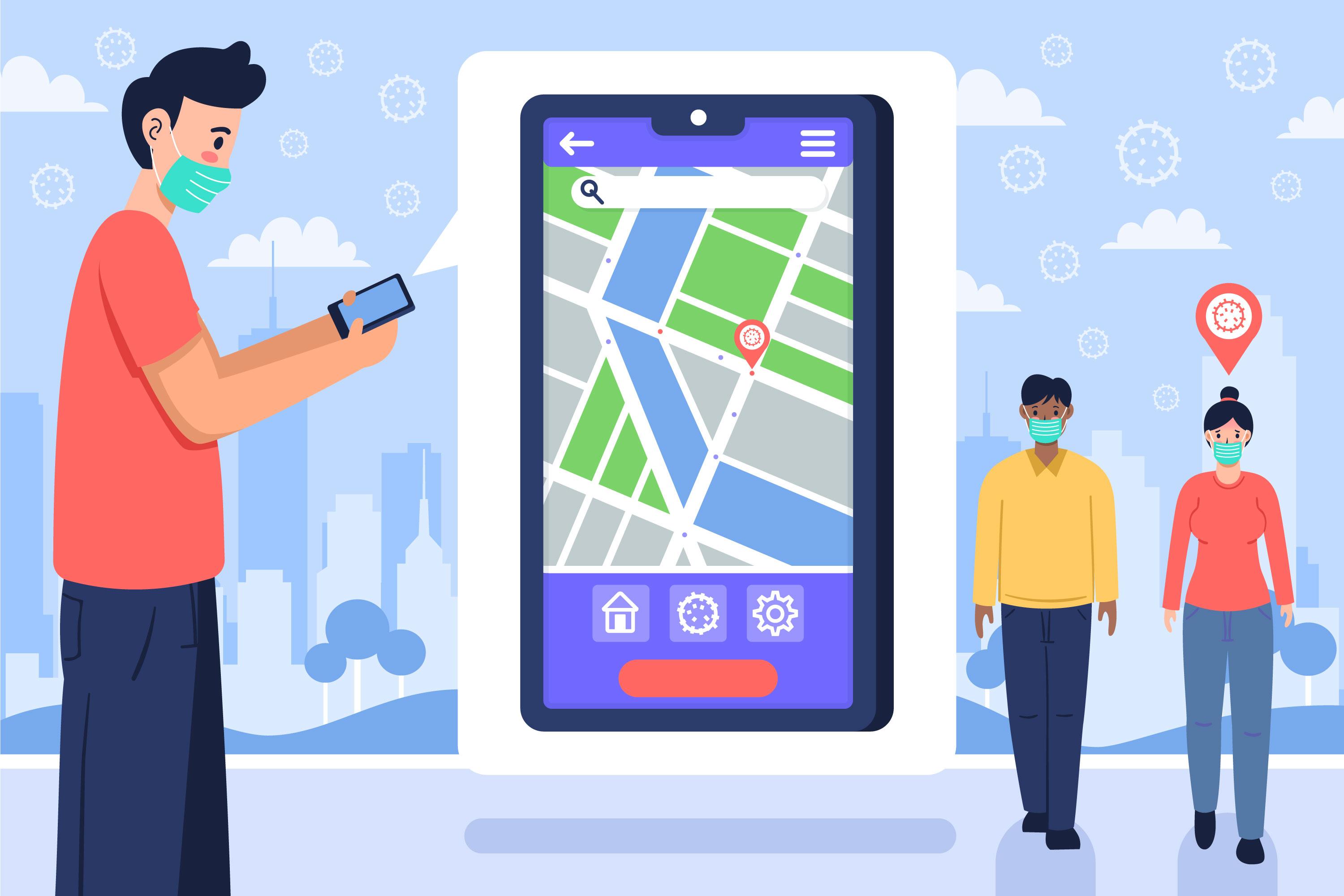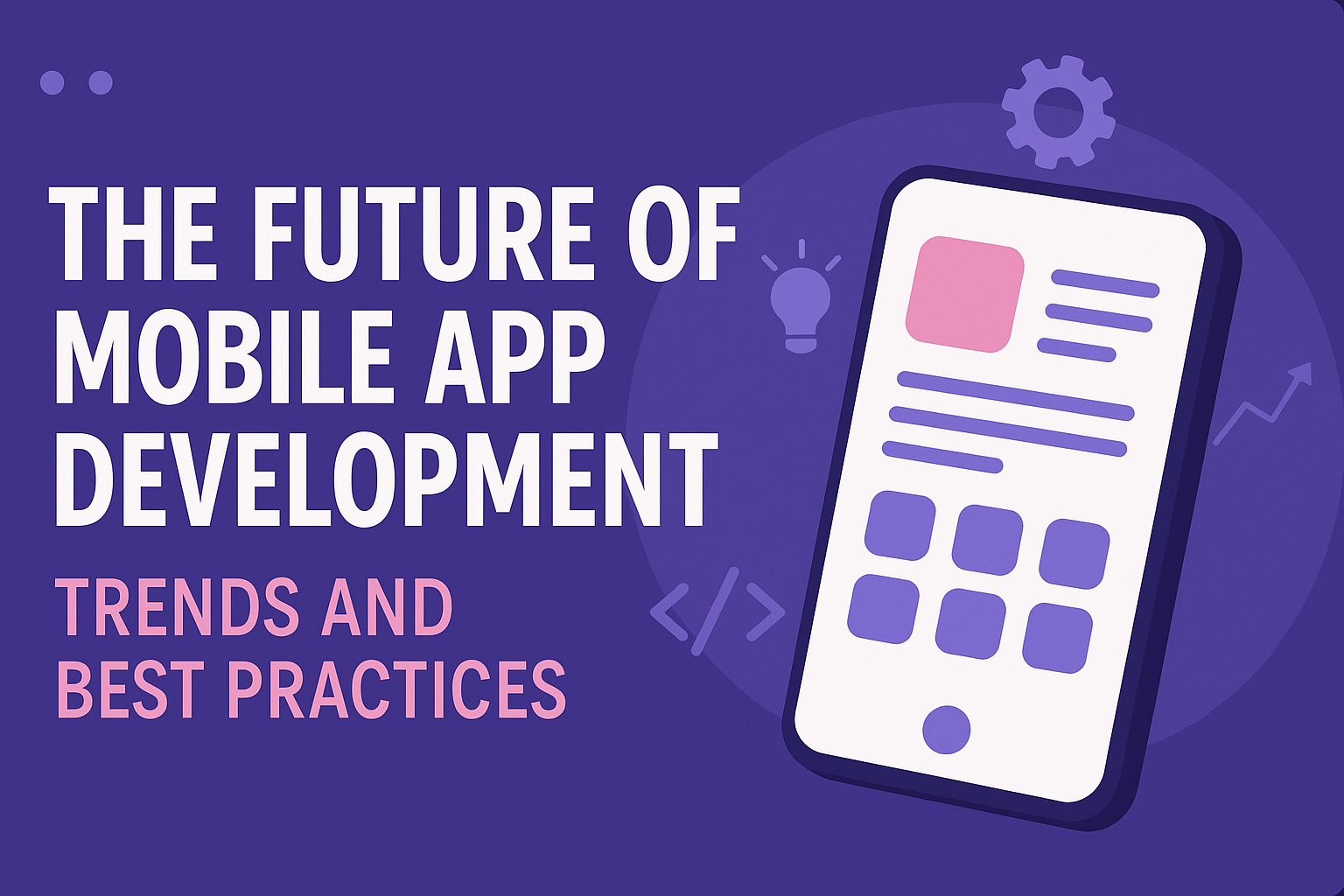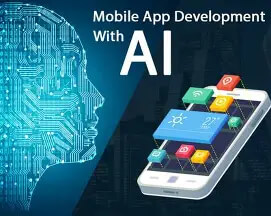The Role of GPS and Scheduling in Pest Control App Development

Strong 8k brings an ultra-HD IPTV experience to your living room and your pocket.
As the pest control industry continues to modernize, digital solutions have become essential in streamlining operations, enhancing customer service, and boosting business efficiency. One of the key innovations driving this shift is pest control app development. Among its core features, GPS tracking and intelligent scheduling play a critical role in optimizing field operations and improving overall workflow. In this article, we’ll explore how these two features have become indispensable components of any high-performing pest control app.
✍️ If you’re new to coding, our beginner-friendly app development guide explains where to start and which languages to learn first.
Why Pest Control Businesses Are Going Digital
Traditionally, pest control companies relied on manual scheduling, phone calls, and paper-based job tracking. However, this method often leads to inefficiencies like scheduling conflicts, missed appointments, and delayed responses. With the rise of mobile technology, many pest control businesses have started embracing customized apps to manage their field staff, customer appointments, and real-time job status, resulting in better productivity and happier customers.
The Importance of GPS in Pest Control App Development
1. Real-Time Technician Tracking
One of the most powerful uses of GPS in pest control apps is real-time technician tracking. This feature allows business owners or operations managers to monitor where each technician is at any given moment. It enhances accountability, improves resource allocation, and ensures technicians stay on their designated routes. With a map-based interface, users can track technician movement throughout the day, helping to identify inefficiencies or unexpected delays.
2. Efficient Route Optimization
Using GPS, a pest control app can automatically calculate the most efficient routes for technicians, reducing travel time and fuel costs. Route optimization not only helps save money but also improves customer satisfaction by ensuring timely arrivals. It considers various factors like technician location, traffic, and job urgency to provide the best possible routing suggestions.
3. Location-Based Job Assignment
Another advantage of GPS integration is the ability to assign jobs based on proximity. When a new service request comes in, the app can locate the nearest available technician and automatically dispatch the task. This level of automation helps businesses respond faster, particularly in emergency pest situations.
4. Geo-Fencing for Job Status Updates
Geo-fencing is another GPS-based feature that enhances job management. When a technician enters or exits a predefined job location area, the app can automatically update the job status—“arrived,” “in progress,” or “completed”—without manual input. This improves operational visibility and reduces administrative overhead.
The Impact of Smart Scheduling Features
While GPS handles logistics and location tracking, scheduling functionality ensures that the right jobs are completed at the right time. When combined, GPS and scheduling form a powerful operational backbone for pest control businesses.
1. Automated Appointment Scheduling
A well-designed pest control app allows customers to book appointments directly through the app. Smart scheduling algorithms ensure that time slots are only made available if a technician is actually available in that time frame and location. This automation significantly reduces double bookings and human error.
2. Calendar Integration
Technicians can view their upcoming tasks through in-app calendars that sync with Google Calendar, iCal, or Outlook. Managers can make real-time updates, reschedule appointments, or cancel jobs—notifications are sent automatically to both customers and field agents.
3. Reminder Notifications
The app can send automated reminders via SMS, email, or push notifications to remind both technicians and customers about upcoming appointments. This reduces no-shows and enhances the customer experience.
4. Time Tracking & Job Duration Analytics
Advanced scheduling modules can also help with time tracking—monitoring how long technicians spend on each job. Over time, this data helps refine the scheduling algorithm and sets realistic job duration expectations. Managers can analyze performance and identify any technicians who might need additional training or support.
Real-World Use Case: How GPS and Scheduling Improve Workflow
Let’s consider a scenario: a pest control company in a large city gets multiple requests in different areas each day. Without GPS and smart scheduling, the dispatcher would manually assign jobs, often resulting in technicians crossing paths or traveling unnecessary distances. This inefficiency results in wasted time, fuel, and productivity.
With a GPS-enabled app, the dispatcher can view all active jobs and technicians in real-time. Using automated scheduling, the app assigns the nearest available technician to each job based on location, urgency, and time slot availability. The technician receives a push notification, uses GPS to navigate to the job site, and updates the status using geo-fencing.
As a result, the business handles more appointments per day, reduces fuel expenses, and delivers timely service, which in turn enhances customer satisfaction and brand reputation.
Integration with Other Technologies
Modern pest control apps often integrate GPS and scheduling features with other technologies such as:
CRM Systems: To manage customer data and history
Inventory Management: To track pesticide usage and stock
Payment Gateways: For quick invoice generation and online payments
Cloud Storage: For secure access to service records and customer details
AI and Analytics: To predict peak pest seasons and analyze service trends
This full-stack approach allows for a comprehensive digital solution that addresses all aspects of pest control operations.
Choosing the Right Development Partner
To build a robust pest control app with GPS and scheduling features, businesses must partner with the right development team. The Best Pest Control App Development Company will not only understand the industry requirements but also offer tailored solutions to meet your business needs. From wireframing to deployment, having a skilled partner ensures your app is scalable, secure, and future-ready.
Many companies also offer Pest Control App Development Services as part of a broader portfolio. This includes ongoing support, UI/UX improvements, feature upgrades, and analytics integration, ensuring your app remains competitive in a fast-evolving market.
Lessons from Other Industries
Interestingly, the concept of GPS and scheduling isn’t exclusive to pest control. Industries like food delivery, logistics, and music streaming also use these features. For example, a Custom Music Streaming App Development process might use smart scheduling to release content at specific times or notify users based on listening habits and time zones. While the applications vary, the core technology remains consistent, emphasizing the versatility of GPS and scheduling systems in app development.
Conclusion
GPS and scheduling are no longer optional features in pest control apps—they are necessities. From improving technician efficiency to enhancing customer satisfaction, these tools transform how pest control businesses operate. By investing in a feature-rich, well-integrated mobile app, companies can gain a competitive edge, reduce costs, and scale operations more efficiently.
Note: IndiBlogHub features both user-submitted and editorial content. We do not verify third-party contributions. Read our Disclaimer and Privacy Policyfor details.







